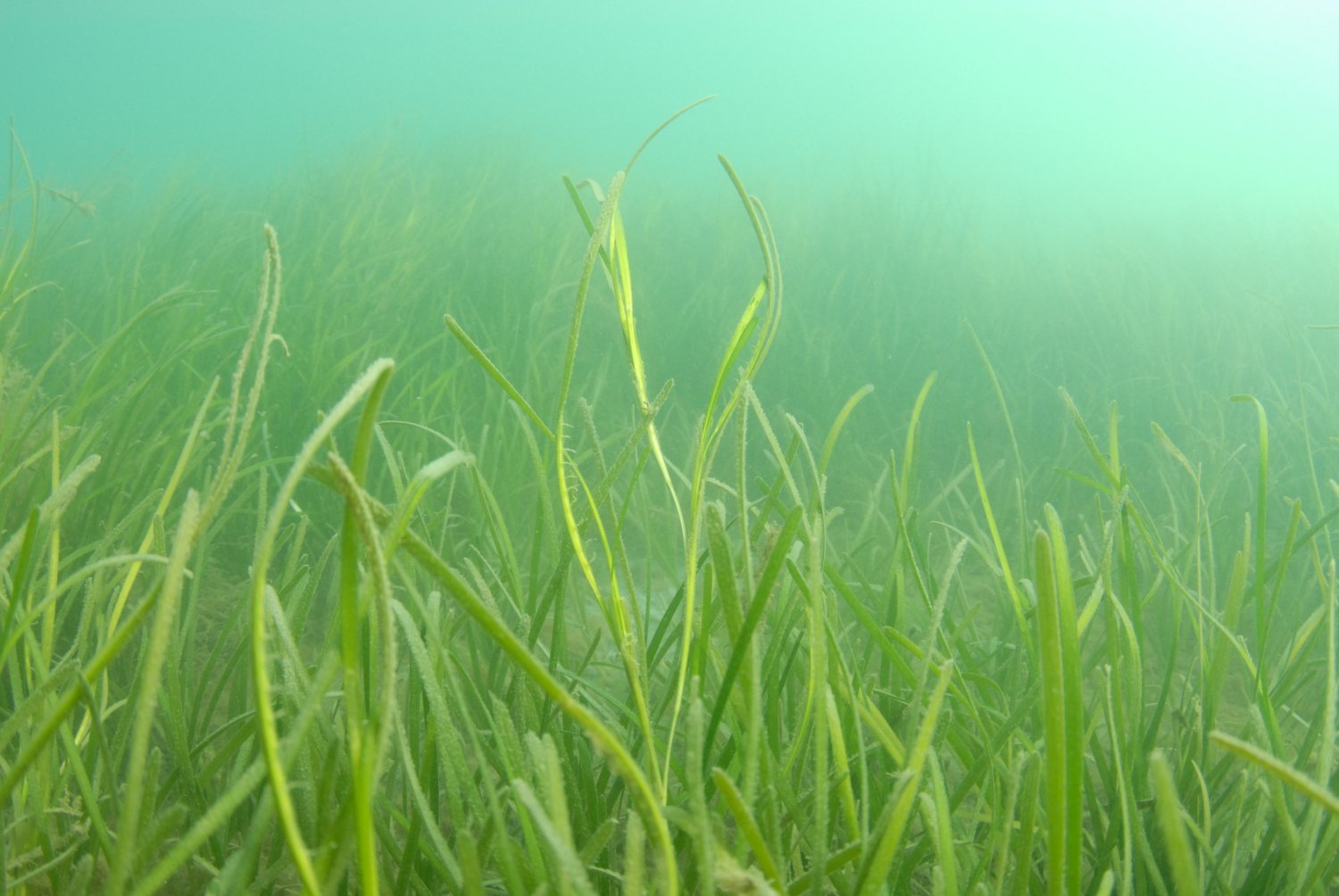Life history events of eelgrass (Zostera marina L.) populations across gradients of latitude and temperature
New publication by S. E. Blok, B. Olesen & D. Krause-Jensen

ABSTRACT:
The wide distribution range of eelgrass encompasses a broad temperature gradient potentially affecting the timing of life history events (phenology), which may also change with global warming. We explored the temperature-dependence of eelgrass phenology by analysing published studies reporting the timing of in situ flowering, seed maturation and seedling emergence across a range of latitude (26.8-56.8 °N) and annual mean air temperature (6.4-23.7 °C). The timing of events changed significantly along the latitude and temperature gradients, being delayed towards northern, colder locations. On average, an increase of annual mean temperature by 1 °C advanced the formation of flowering shoots by 12 days and the maturation of seeds by 10.8 days. Seedlings from warmer locations tended to emerge in autumn whereas cold-water seedlings did not appear until late winter or early spring resulting in an overall advancement of 9.7 days per 1 °C increase in annual temperature. The mean monthly temperature associated with specific life history events showed strongest temperature-specificity for maturation of seeds (range 13.5 - 20.2 °C) and largest variability for the emergence of seedlings (range -1 - 20.2 °C). Overall, increased latitude resulted in lower temperature thresholds for flowering, seed maturation and emergence of seedlings, indicating that such thresholds are subject to local adaptation or acclimation rather than being universal across the distribution range. Using a time-for-space approach, our results suggest that future warming will result in advanced timing of life history events of eelgrass and increased capacity for sexual reproduction at northern latitudes.
Marine Ecology Progress Series, DOI: doi.org/10.3354/meps12479 www.int-res.com/prepress/m12479.html
